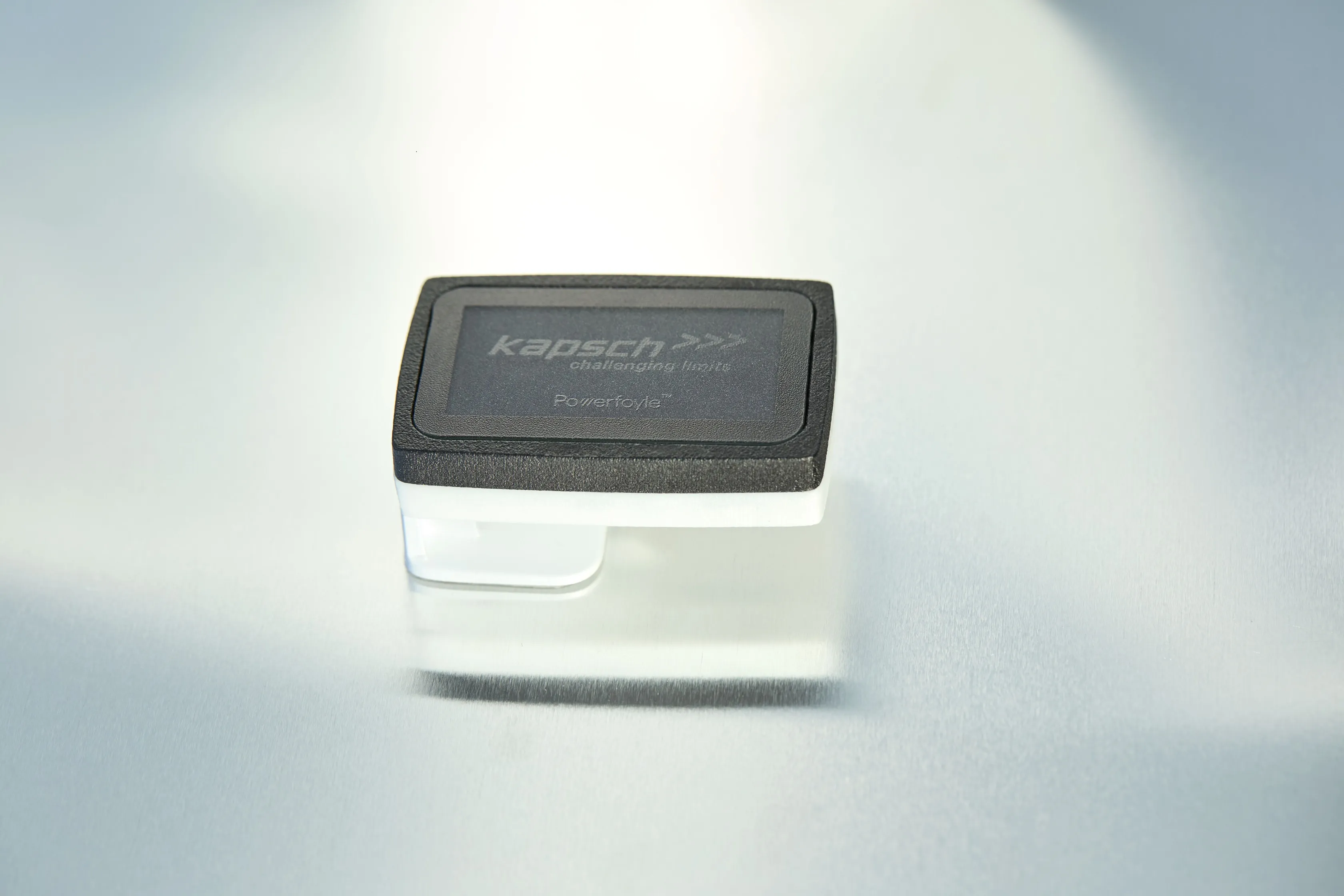UK company Gibs 2000 has launched TraxEyes, photo-luminescent discs which can be placed on roadsides and pathways to guide walkers and cyclists safely around unlit areas.
February 3, 2012
Read time: 2 mins
UK company Gibs 2000 has launched TraxEyes, photo-luminescent discs which can be placed on roadsides and pathways to guide walkers and cyclists safely around unlit areas. The discs have a glow cycle of around 12 hours after only an eight-minute exposure to natural light, meaning they are more efficient than solar power and do not require batteries. Moreover, at a unit cost of around US$4, they are an inexpensive solution to enhancing safety for pedestrians and cyclists.
The base of the TraxEye is offered in different safety-enhancing colours: hi-visual ultra-white, safety yellow and warning red. When used together, the different base colours act as a visual cue to warn pedestrians or cyclists of an upcoming, but still unseen, change in path conditions: for instance, where a walking path or cycling route turns a sharp bend and crosses a motorway, warning of the potential hazard is provided ahead of time by the vivid red or yellow bases of the units mounted in the vicinity.
Although guaranteed for five years' operation, Grant Taylor, Managing Director of GIBS 2000 and inventor of TraxEyes, says the photo-luminescent discs will actually last for 12-14 years. With sales of TraxEyes underway in the UK, the company is seeking agents in other countries for the product.
The base of the TraxEye is offered in different safety-enhancing colours: hi-visual ultra-white, safety yellow and warning red. When used together, the different base colours act as a visual cue to warn pedestrians or cyclists of an upcoming, but still unseen, change in path conditions: for instance, where a walking path or cycling route turns a sharp bend and crosses a motorway, warning of the potential hazard is provided ahead of time by the vivid red or yellow bases of the units mounted in the vicinity.
Although guaranteed for five years' operation, Grant Taylor, Managing Director of GIBS 2000 and inventor of TraxEyes, says the photo-luminescent discs will actually last for 12-14 years. With sales of TraxEyes underway in the UK, the company is seeking agents in other countries for the product.










